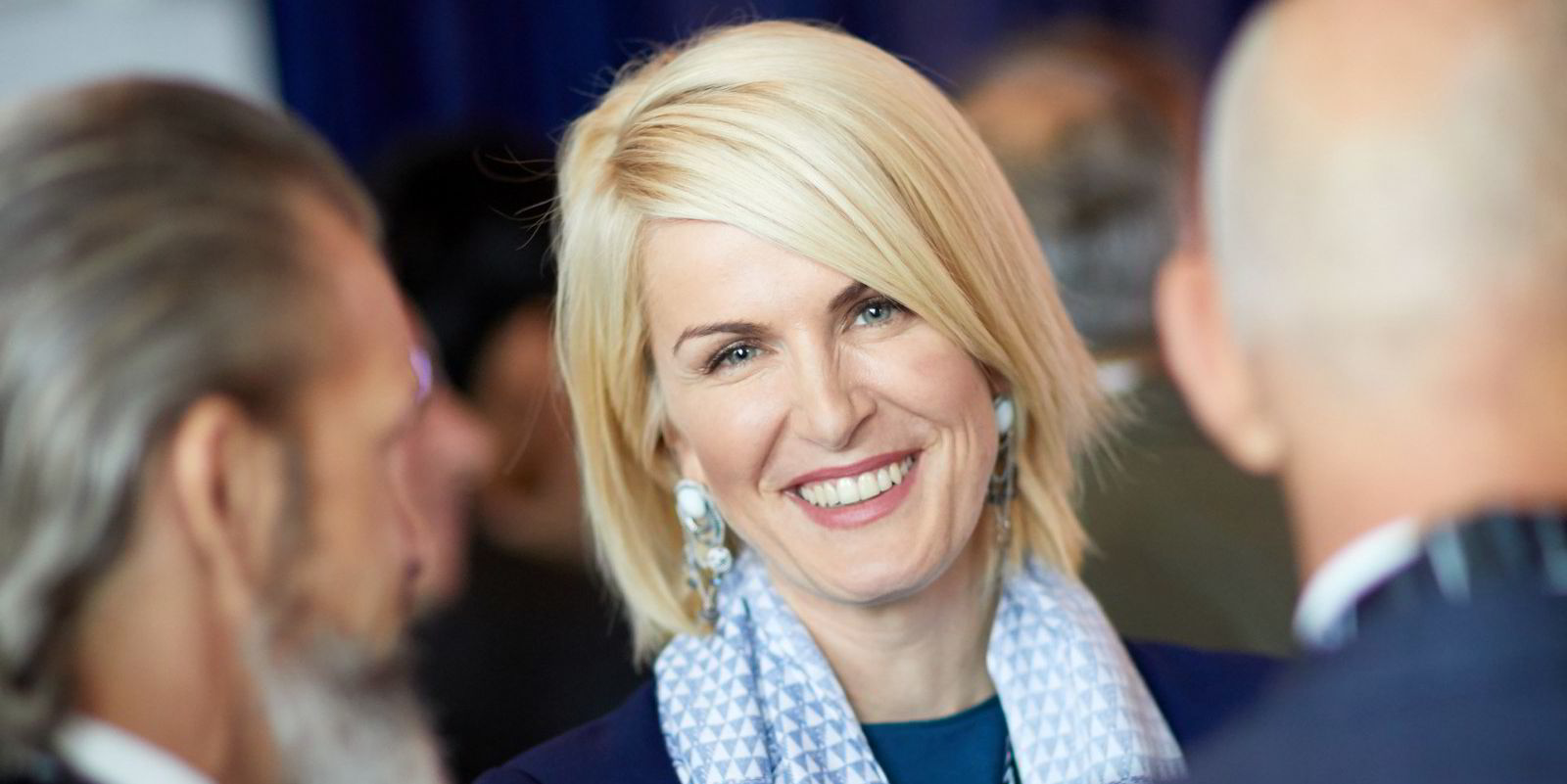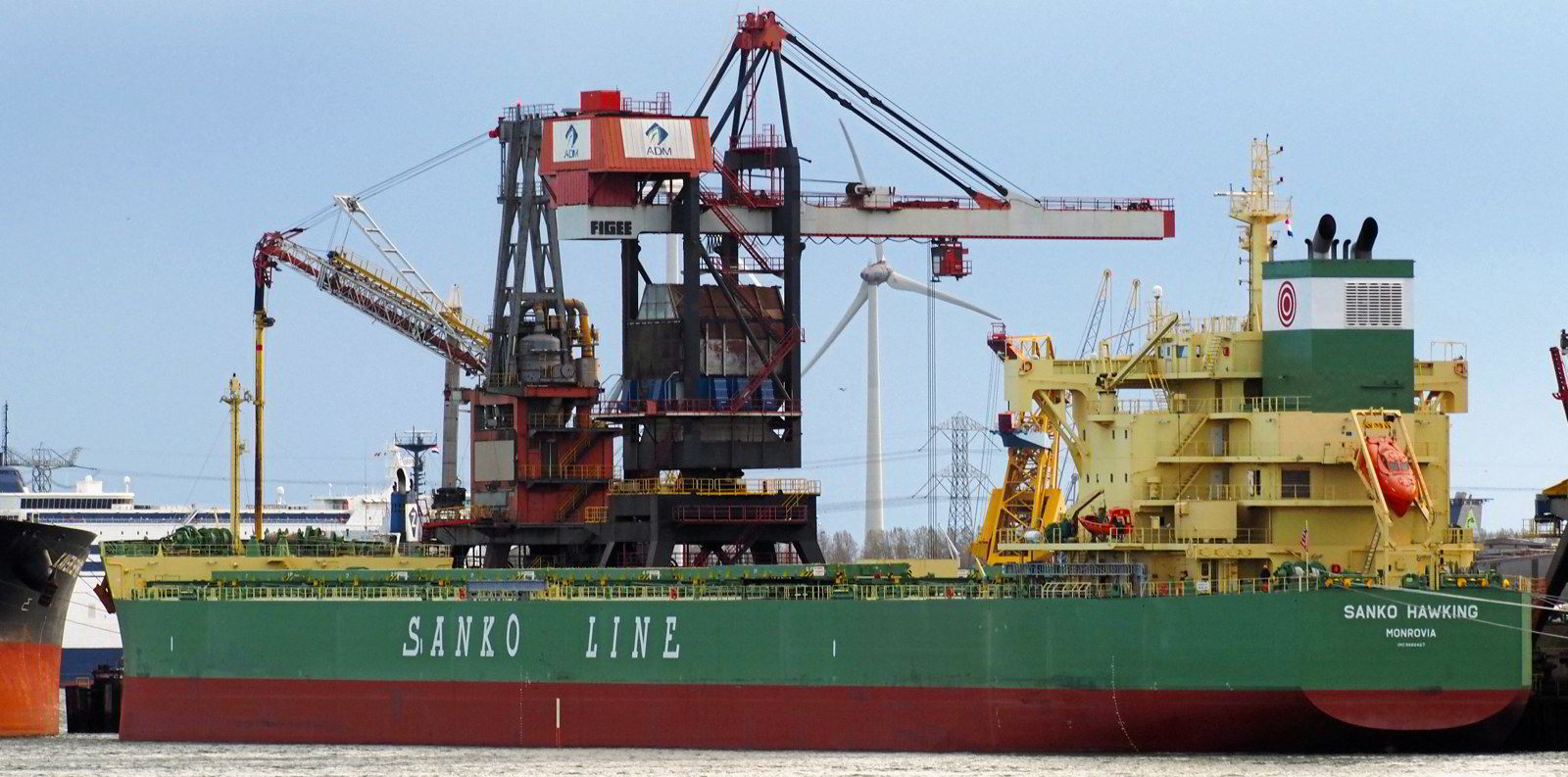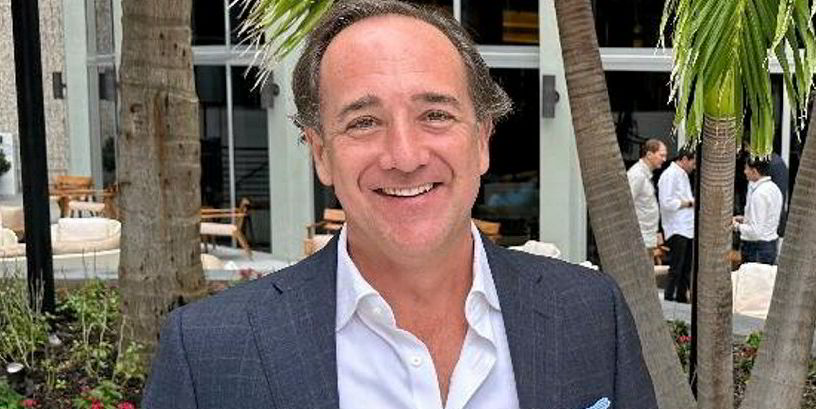Bulker owner and operator Cetus Maritime is expanding again through a combination with Chilean operator Nachipa.
The Hong Kong-based company said the merger means it is continuing to lead industry consolidation.
The new entity will retain the Cetus Maritime name.
Cetus has not said how many ships it is adding in the deal, but its fleet will expand to 65 vessels, up from the “more than 50” disclosed in its last update in 2023.
Of these, 40 will be owned and 25 chartered in.
The group was already one of the largest privately held handysize owner/operators in the world.
It focuses on larger versatile vessels ranging from 32,000 dwt to 43,500 dwt while also having ships up to ultramax size.
Cetus was created by the merger at the end of 2022 of Asia Maritime Pacific and Hamburg Bulk Carriers.
Post-merger, there will be 120 staff in nine offices worldwide, including in Santiago, Chile.
The Hong Kong company said South America is an important market, with increasing volumes of grains and minor bulks, along with the development of new trade routes to Asia.
Nachipa has decades of experience and a strong reputation trading in South America.
Cetus chief executive Mark Young said the fit was obvious.
Fleet scale is key
“For Nachipa, fleet scale is key to realising their business strategy. For Cetus, the Nachipa team is an impressive addition to our operational business, while the Nachipa vessels are accretive to our growing eco-fleet,” he added.
The CEO explained that the market in the last six months has shown consolidation in a “fragmented” sector is a key element to sustainable and successful growth.
Nachipa managing director Felipe Simian will join the Cetus management team.
He is the third generation of his family to control Nachipa since it was formed in 1948.
“Since 1948, we have built our business on bespoke connections and a ‘glocal’ approach — fostering local relationships that enable us to deliver on a global level,” Simian said.
“I see that same approach in Cetus Maritime, and I believe our unparalleled understanding of the Americas markets and our Hamburg office are invaluable additions to the Cetus Maritime business platform. I believe we will be stronger, together, and I look forward to taking this company to the next stage of growth,” he added.
Fleet renewal, more deals
Cetus has been selling smaller, older ships over the last 18 months, replacing them with larger, eco-designed handysizes.
With the addition of Nachipa’s Japanese-built, modern handysize vessels, the fleet will be comprised of 75% eco vessels.
“With the increasingly complicated regulatory and technical environment coupled with rising funding costs, the benefits of scale are definitive and clear,” Cetus said.
“Once formalities conclude and the integration is complete, the management team will look to additional growth opportunities, including acquisitions and consolidations,” it added.
Last year, Cetus agreed a deal with Singapore ship leasing company Yangzijiang Financial to invest in handysize bulkers.
The new asset-owning joint venture said it initially aimed to acquire between four and eight modern, eco-designed handysizes to be deployed in Cetus’ commercial handysize pool.
In 2020, Simian told TradeWinds his company was gearing up for a big fleet expansion as it looked to capture a larger slice of the European market.
The low-profile Chilean company had been moving to a cargo-first approach, reducing its owned tonnage in pursuit of an “asset-light” model with a more modern chartered-in fleet, while expanding global operations.
Simian wanted to treble the fleet of chartered-in 12 handysizes by 2023, moving up to modern supramaxes and ultramaxes, supported by a data-driven approach to decision-making.
Its last owned ship, the 29,800-dwt Alerce N (built 2001), was sold in 2020 to Austria Shipping in United Arab Emirates for $3.8m.






